An organized data collection refers to structured information that is systematically stored and managed for later access and use. Unlike scattered data, an organized collection groups related data components in a standardized way that allows for efficient searchability, analysis, and sharing.
What Type of Information Does Digital Data Collection Gather?
Digital data collection gathers all forms of information in a digital format, including:
- Text content like documents, webpages, social media posts, chat logs, and emails
- Images, video and audio files shared online or stored privately
- Numerical datasets from sensors, tracking tools like Scrapy, scientific measurements, transaction records, website analytics, surveys and more
- Geospatial data tagging location coordinates to items of interest
- Computer system metadata like log files tracking user interactions
Any quantifiable attribute, media file, or textual content can constitute collected digital data once recorded electronically.
What Is Digital Data Collection?
Digital data collection involves amassing pertinent information in automated electronic formats stored on databases, servers, or cloud platforms. This enables unified management for search and analysis using specialized software instead of manual methods ill-equipped to handle high-density datasets. Systematizing unorganized raw data like paper files to standardized digital systems allows efficient access and intelligence derivation via computational methods like data mining, scraping data from sites, modelling, visualization and more.
Why Is Digital Data Collection Used?
Key business, scientific and governance objectives necessitating foolproof digital data aggregation include:
- Creating historical archives of essential records in durable electronic mediums resilient to physical loss over long durations
- Enabling advanced analytics through computational methods over massive integrated records, revealing strategic insights. This can be used for market analysis based on the data from popular sources like Amazon, BestBuy, Shopee, or even eBay.
- Streamlining internal data sharing between personnel, teams and departments using centralized access protocols instead of siloed storage in local systems or physical formats
- Supporting vital organizational functions via operational dashboards and digital infrastructures relying on quality data
- Informing leadership planning and strategy on decision intelligence derived from manipulated records rather than assumptions or age-old practices
What Are Some Data Collection Best Practices?
Strategic digital data collection optimizing meaningful utility mandates practices like:
- Standardizing content formats, data schemas, metadata tagging, file naming conventions and folder structures organization-wide
- Establishing centralized oversight for approving, ingesting and managing data gathering aligned to value objectives
- Integrating capture tools directly capturing information electronically instead of post-production data entry
- Seeking individual user consent with transparent policies where necessary by law
- Anonymizing personally identifiable information, securing identities, and minimizing risk
- Building Infrastructure to accommodate exponentially increasing data growth sustainably. For example, with the help of Ruby or Python libraries.
- Archiving aged records efficiently into secondary systems while maintaining accessibility
How Do You Organize Digital Data Collection?
Technical methods for organizing collected digital data include:
- Storing structured information within databases featuring networked, tabular arrangements allowing complex querying, unlike regular file folders
- Tagging and versioning content using metadata markers for improved categorization, searchability and updating connected entries in an audit trail
- Partitioning information across well-labelled filesystems, networked drives and cloud storage; solving isolation and access control issues arising from single repository limits
Overall, data transcends silos into shareable and computable knowledge via thoughtful organization and proxy for scraping integration, driving success.
What Are Some of the Best Data Collection Services?
Top data collection platforms offering robust orchestration include:
- Scraping proxies efficiently extracting publicly available websites at scale.
- Residential proxy and static residential proxy services enable gathering analytics from permission-protected websites at geographic levels. This way, residential proxies in Scrapy or other popular tools can provide you with flexible solutions for almost any task.
- Datacenter proxy and datacenter rotating proxy networks offer fast extraction speeds ideal for large-scale data collection.
- Cloud data warehouses like Snowflake feature unlimited storage and computational power executing analytics.
The suitable fit balances extraction complexity, volume, analytics needs, and available talent.
Data Collection Planning for Your Business
Strategizing organization-wide data practices remains fundamental to establishing stability today while facing unrelenting global data growth. Evolving piecemeal without holistic understanding, information anarchy risks over time as siloed teams pull different directions, losing integration. For example, businesses can look at options for scraping large-scale platforms like Twitter, Reddit, Zillow, or more targeted portals like LinkedIn for specific tasks like job postings.
Hence, organizations must blueprint centralized architectures outlining:
- Data types gathered mapping across products, processes and decisions
- Standards implementation for structure, security and lifecycle management
- Analytics agenda prioritizing use cases, technologies and growth
- Governance protocols over monitoring, maintenance and access
- Investment requirements for infrastructure, personnel and vendors Data constitutes a vital enterprise asset requiring careful shepherding.
All of these use cases can be supplemented with regular data collection from popular search engines like Google, Bing, or DuckDuckGo.
Frequently Asked Questions
Please read our Documentation if you have questions that are not listed below.
-
What are the fundamental principles behind organizing a data collection?
The core principles driving effective data organization include establishing consistent structures, enforcing standards for format, description and storage, centralizing custody, allowing oversight, architecting access controls, managing permissions, creating retention policies respecting subject privacy, and ensuring findability via searchability and navigation.
-
Why does data organization matter to businesses today?
With the growing reliance on data steering decisions, products, and processes - poor organization creates risk and inefficiencies from unreliable information. Structuring data minimizes errors, isolates issues and illuminates opportunities hidden within siloed chaos. Smooth data flows fuel business velocity.
-
How is digital data storage different from manual archives?
Digital data allows automated analysis, rapid search at scale, easy sharing across networks and geographic locations, format remixing potential and backups securing against loss. Manual archives risk physical decay, access bottlenecks, copying errors, version control issues and insufficient context-limiting insights.
Top 5 posts
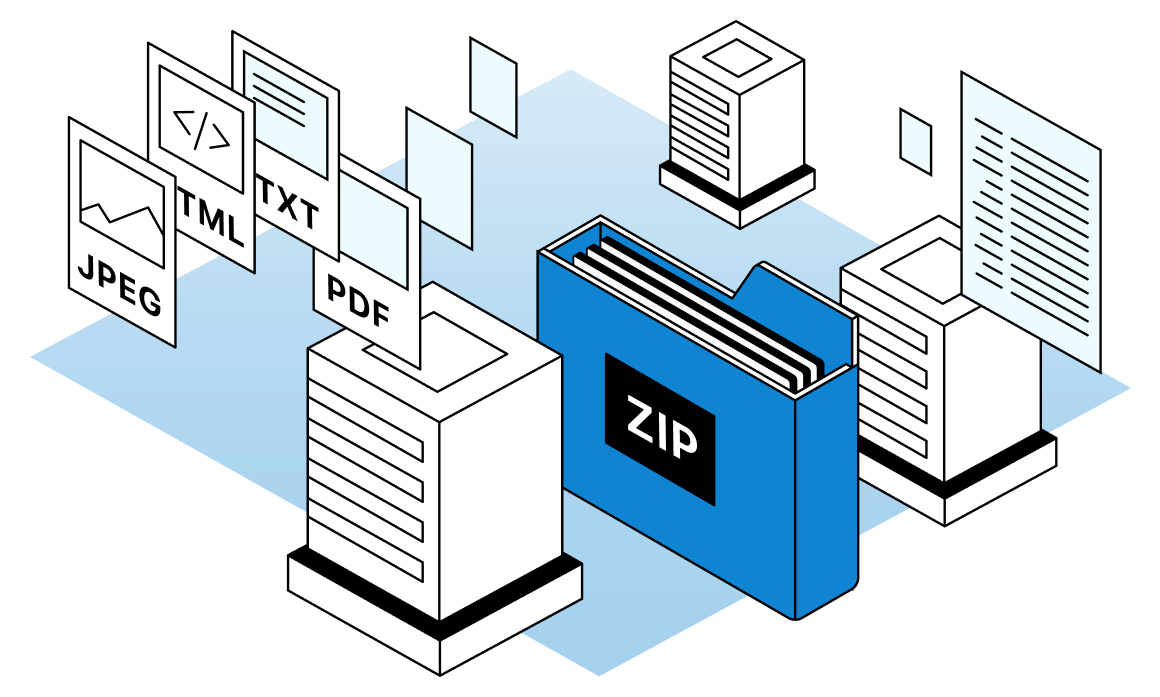



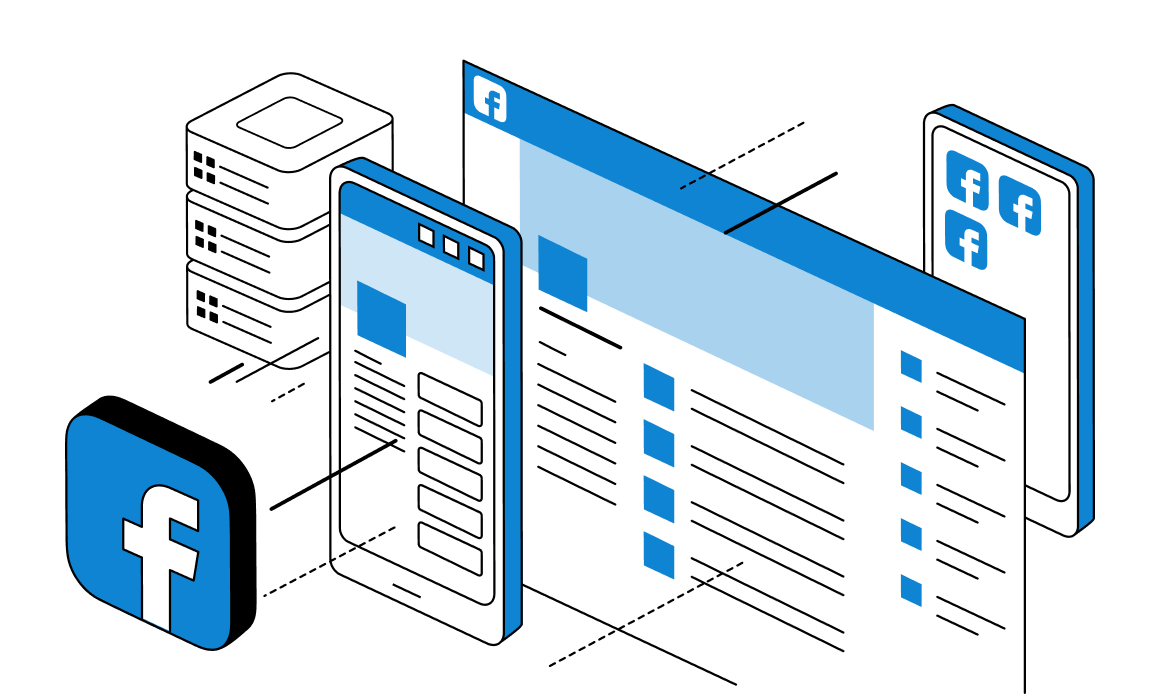
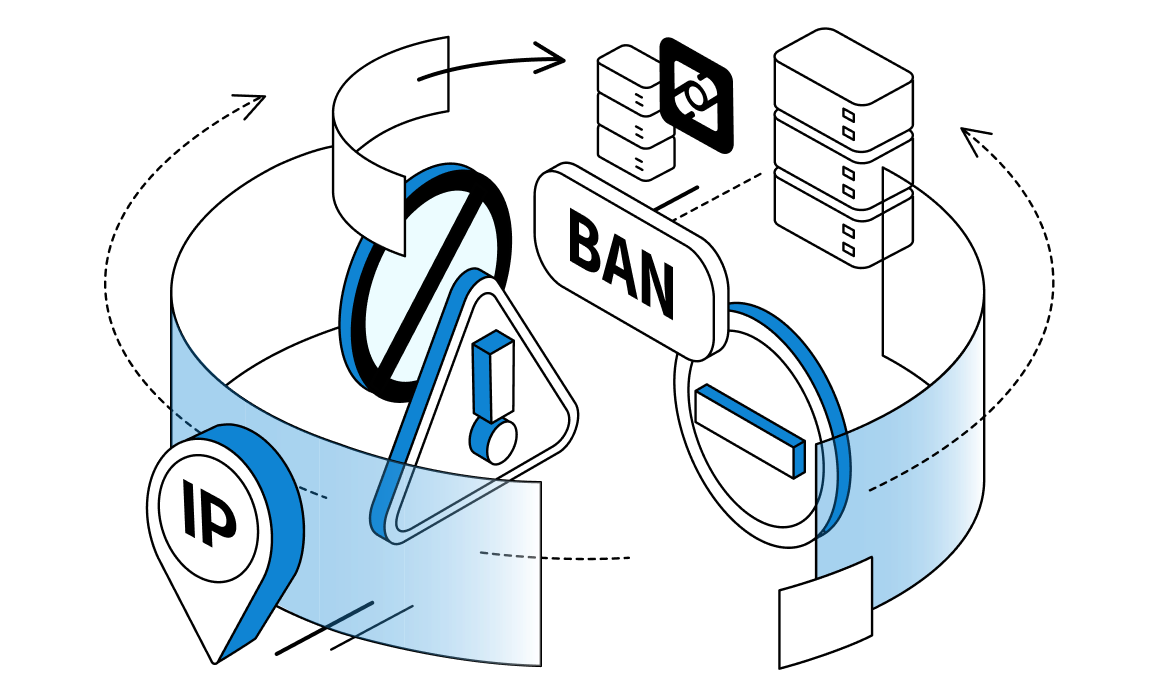
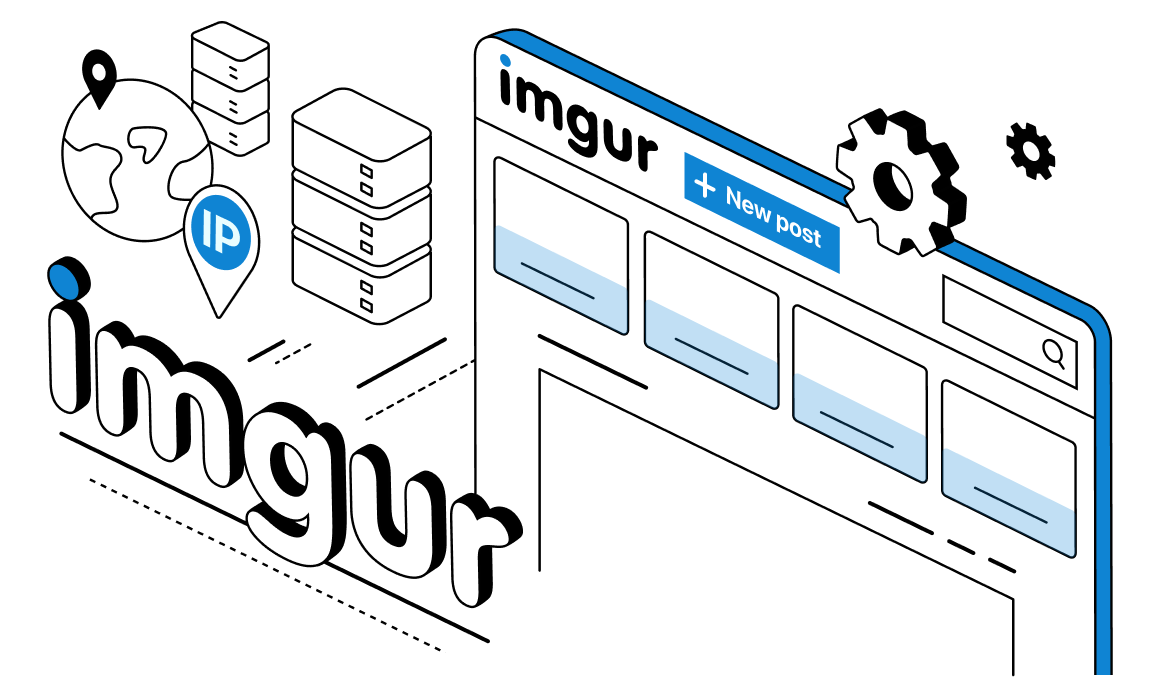
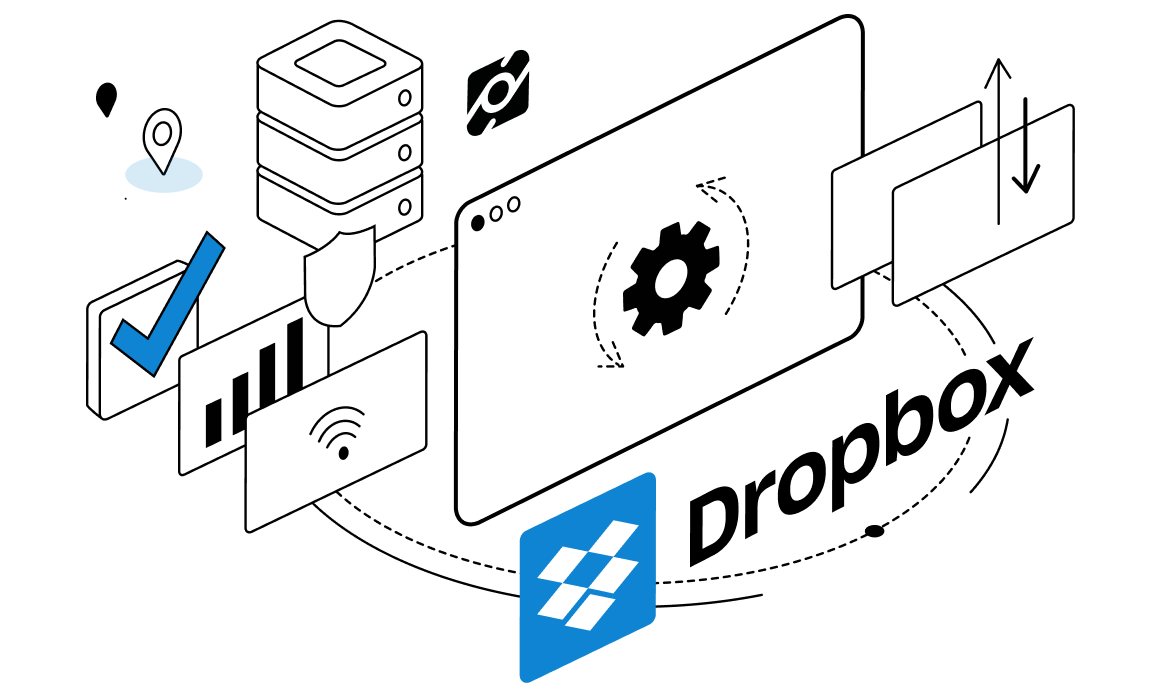
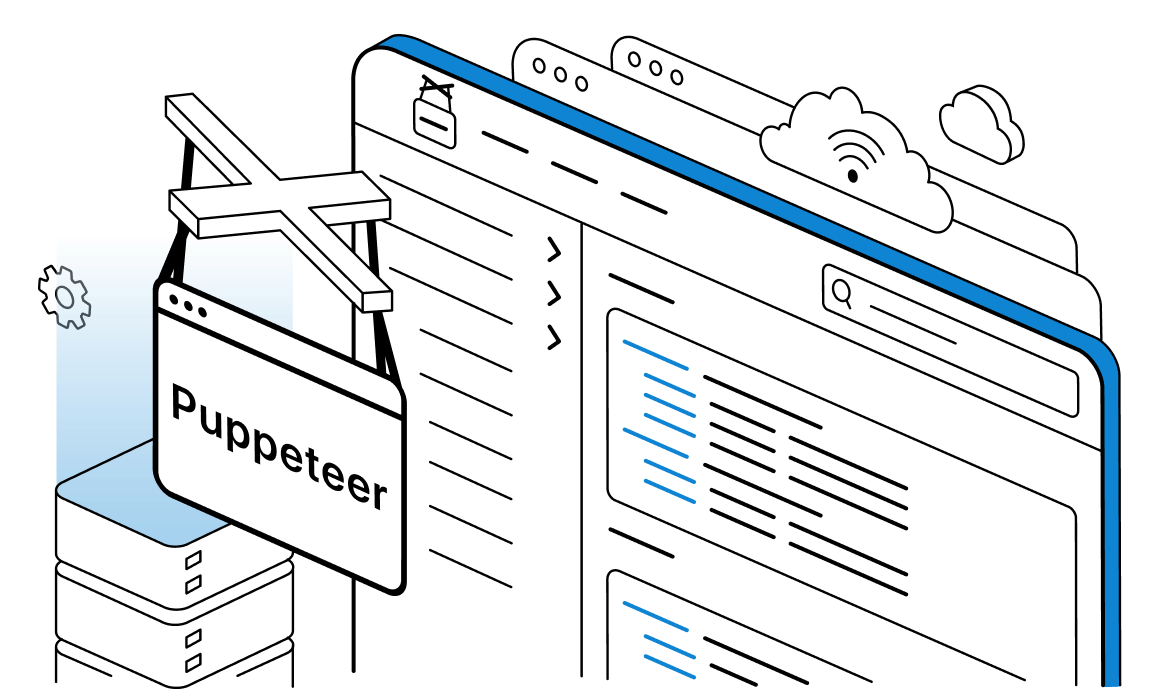
4chan is a highly popular image board famous for its loose censorship rules. But even with these freedoms, your activity on the platform can be banned or restricted. In this article, we will look at how to use 4chan with a proxy to bypass any blocks.